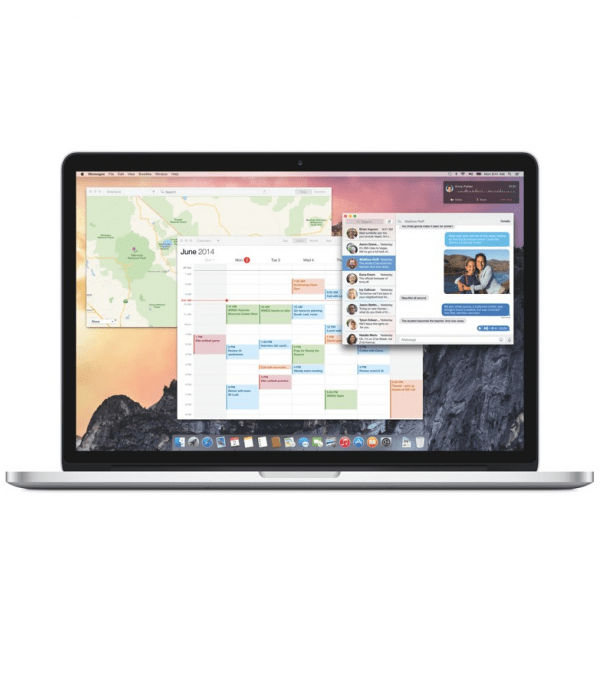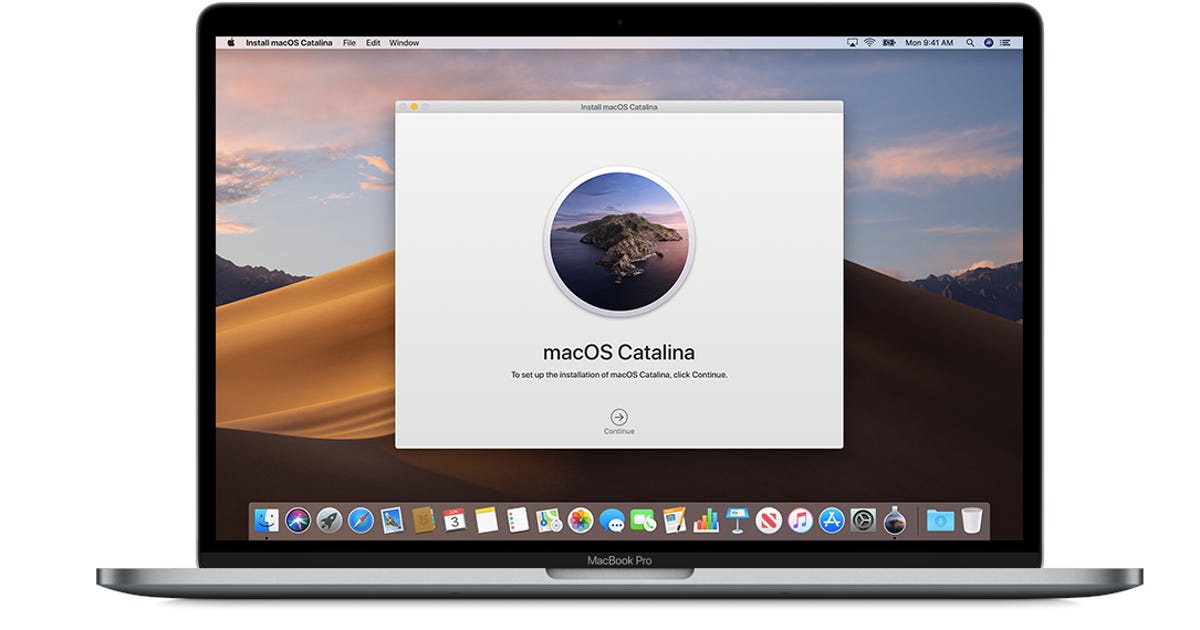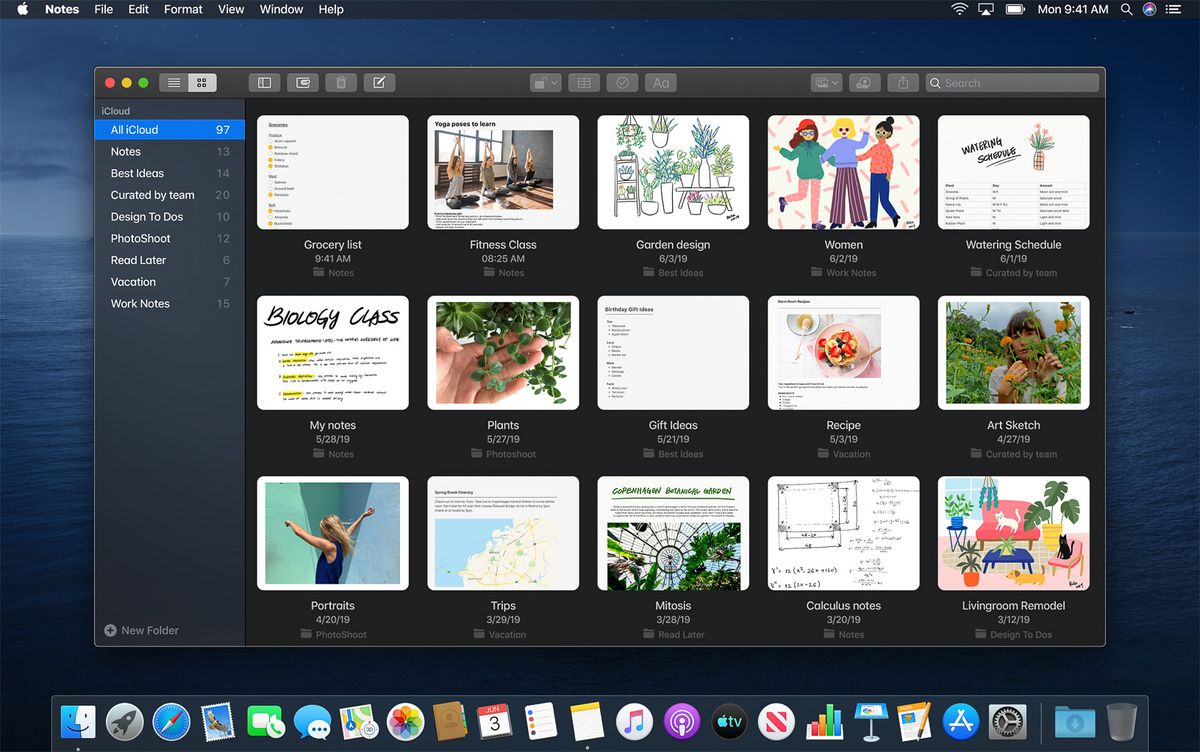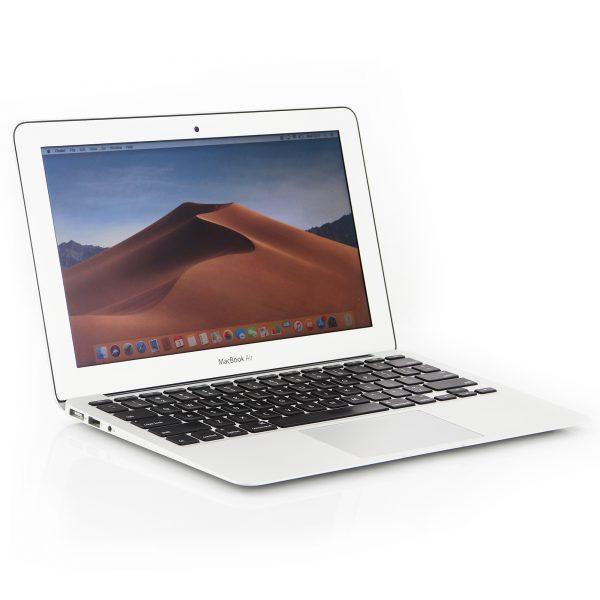MacOS Catalina 10.15.5 Release Notes. Release notes accompanying macOS 10.15.5 are as follows: “macOS Catalina 10.15.5 introduces battery health management in the Energy Saver settings for notebooks, an option to control automatic prominence of video tiles on Group FaceTime calls, and controls to fine-tune the built-in calibration of your Pro Display XDR. Hi Peter, I have enjoyed using pyenv for a long time, what I liked most for deployed python stuff is that since the app now has its own python, one does not risk issues when suddenly the OS package manager updates the OS python to a new version. The local version will always stay the same until you decide to run the app with a different version.
- Released on October 7th, 2019, macOS 10.15 Catalina is the latest version of the Mac operating system. Just like each macOS update in the past, Apple has created Catalina with more features and optimizations to improve your Mac experience. Go to the macOS Catalina page to learn more about what’s new.
- 大家好,這一篇跟各位介紹的是 如何安裝 Mac OS 10.15首先,將製作好的『USB安裝隨身碟』插入Mac電腦開機之後馬上按下【option鍵】 約10秒鐘(不要.
Download macOS Catalina 10.15.7 full version setup free. macOS Catalina v10.15.7 is the seventh official update to the Catalina in which Apple tries to give users more efficient graphics solution, better WiFi-connectivity and brilliant an iCloud Drive syncing.

macOS Catalina 10.15.7 Review
macOS Catalina 10.15.7 comes with several bug fixes and security patches. This update makes the macOS more glorious and interesting for users from various regions. It focuses on better graphics solution, excellent connectivity with WiFi networks, and more secure and easy iCloud Drive syncing. It also introduces local news in your Today feed in Apple News and improves the security and reliability of your Mac. In beginning, only five regions are covered which are the Bay Area, Houston, Los Angeles, New York, and San Francisco.
As for bug fixes, it fixes an issue where certain USB mouse and trackpads could lose connection, which is a problem that was affecting USB 2.0 devices that were used with new MacBook Air and MacBook Pro models. Moreover, it also adds a new option to optimize video streaming on HDR-compatible Mac notebooks for improved battery life Fixes an issue where the computer name may change after installing a software update Resolves an issue where certain USB mouse and trackpads may lose connection.
The update also fixes stability issues related to iCloud Photo Library and RAID volumes. In conclusion, the macOS Catalina 10.15.7 update brings various bug fixes and local news feature to makes your Mac more interesting, secure and knowledgeable.
Features of macOS Catalina 10.15.7
- A secure, safe and easy to handle OS for all types of users
- Comes with excellent solution for graphics and WiFi connectivity
- Fixes an issue that could prevent files syncing through iCloud Drive
- Resolves an issue where macOS would not automatically connect to Wi-Fi networks
- Introduces local news in Today feed in Apple News
- Improves the security and reliability of Mac
- Adds a new option to optimize video streaming on HDR
- Resolves an issue where certain USB mouse and trackpads may lose connection
- Resolves a stability issue when transferring large amounts of data to RAID volumes
- Fixes a stability issue with uploading and downloading media files from iCloud
- Stream and download over 50 million songs with an Apple Music subscription
Technical Details of macOS Catalina 10.15.7


Os X 10.15 Catalina
- Software Name: Catalina 10.15.7
- Software File Name: macOS_Catalina_10.15.7_19H2_Multilanguage.dmg
- File Size: 7.7 GB
- Developer: Apple
System Requirements for macOS Catalina 10.15.7
- 14 GB free HDD
- 2 GB RAM
- Intel Core 2 Duo or higher
Download macOS Catalina 10.15.7 Free
Click on the button given below to download macOS Catalina v10.15.7 setup free. Os lion upgrade. It is a complete offline setup of macOS Catalina v10.15.7 with a single click download link.
Apple hasn’t shipped operating systems on physical media in a full decade, but there are still good reasons to want a reliable old USB stick for macOS Catalina. Luckily, it's not hard to make one—either with a handy graphical user interface or some light Terminal use. Here's what you need to get started:
- A Mac that you have administrator access to. We've created a USB stick from both Mojave and Catalina, but your experience with other versions may vary.
- A 16GB or larger USB flash drive or a 16GB or larger partition on some other kind of external drive. A USB 3.0 drive will make things significantly faster, but an older USB 2.0 drive will work in a pinch; 8GB drives worked for Mojave and older versions of macOS, but the Catalina installer is just a little too large to fit.
- The macOS 10.15 Catalina installer from the Mac App Store (in High Sierra or older macOS versions) or the Software Update preference pane in Mojave. The installer will delete itself when you install the operating system, but it can be re-downloaded if necessary.
- If you want a GUI, take a look at Ben Slaney's Install Disk Creator from MacDaddy. There are other apps out there that do this, but this one is quick and simple.
If you want to use this USB installer with newer Macs as they are released, you'll want to periodically re-download new Catalina installers and make new install drives. Apple rolls support for newer hardware into new macOS point releases as they come out, so this will help keep your install drive as universal and versatile as possible.

Os X 10.15.2
AdvertisementThere's also one new consideration for newer Macs with Apple's T2 controller chip—as of this writing, that list includes the iMac Pro, the 2018 Mac Mini, the 2018 MacBook Air, and 2018 and 2019 MacBook Pros, though Apple keeps an updated list here. Among this chip's many security features is one that disallows booting from external drives by default. To re-enable this feature, hold down Command-R while your Mac reboots to go into Recovery Mode and use the Startup Security Utility to 'allow booting from external media.' If you're trying to install an older version of macOS, you may also need to go from Full Security to Medium Security to enable booting, but if you're just trying to install the current version of macOS, the Full Security option should be just fine. And if you're just doing an upgrade install rather than a clean install, you can run the Catalina installer from the USB drive from within your current installation of macOS, no advanced tweaking required.
The easy way
Once you've obtained all of the necessary materials, connect the USB drive to your Mac and launch the Install Disk Creator. This app is basically just a GUI wrapper for the terminal command, so it should be possible to make install disks for versions of macOS going all the way back to Lion. In any case, it will work just fine for our purposes.
AdvertisementOs X 10.15.7
Install Disk Creator will automatically detect macOS installers on your drive and suggest one for you, displaying its icon along with its path. You can navigate to a different installer if you want, and you can also pick from all the storage devices and volumes currently connected to your Mac through the drop-down menu at the top of the window. Once you're ready to go, click 'Create Installer' and wait. A progress bar across the bottom of the app will tell you how far you have to go, and a pop-up notification will let you know when the process is done. This should only take a few minutes on a USB 3.0 flash drive in a modern Mac, though using USB 2.0 will slow things down.
The only slightly less-easy way
The Install Disk Creator is just a wrapper for the terminal command to create macOS install disks, so if you’re comfortable formatting your USB drive yourself and opening a Terminal window, it’s almost as easy to do it this way. Assuming that you have the macOS Catalina installer in your Applications folder and you have a Mac OS Extended (Journaled)-formatted USB drive (which is to say, HFS+ and notAPFS) named 'Untitled' mounted on the system, you can create a Catalina install drive using the following command.
sudo /Applications/Install macOS Catalina.app/Contents/Resources/createinstallmedia --volume /Volumes/Untitled
The command will erase the disk and copy the install files over. Give it some time, and your volume will soon be loaded up with not just the macOS installer but also an external recovery partition that may come in handy if your hard drive dies and you're away from an Internet connection. If you would like to create an install drive for a macOS version other than Catalina, just tweak the paths above to refer to Mojave or High Sierra instead.
Whichever method you use, you should be able to boot from your new USB drive either by changing the default Startup Disk in System Preferences or by holding down the Option key at boot and selecting the drive. Once booted, you'll be able to install or upgrade Catalina as you normally would. You can also use Safari, Disk Utility, or Time Machine from the recovery partition to restore backups or troubleshoot.

